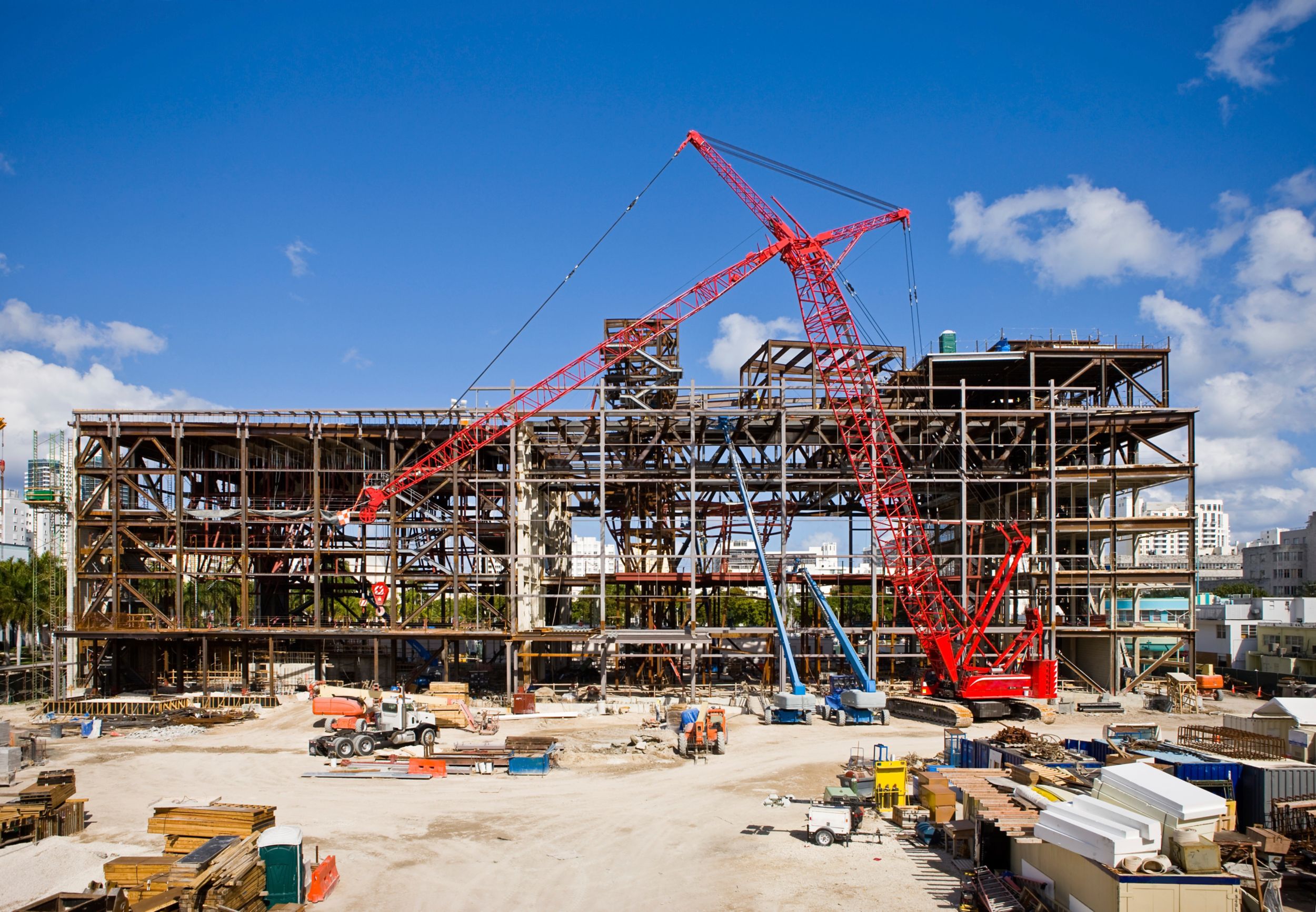Power Progress reports on how advanced battery technology can compete successfully with hydrogen.
Speaking in one of Mission Hydrogen’s webinars, Maximilian Fichtner, director of the Center for Electrochemical Energy Storage Ulm-Karlsruhe (CELEST) in Germany, pointed to key questions in determining which route to pursue – including raw material supply, cost, safety and user-friendliness.
For internal combustion (IC) engine-powered vehicles and plug-in hybrid electric vehicles (PHEV), fuel consumption figures feature significantly in the analysis. For IC engines fuelled by natural gas or biogas, the 20-year global warming potential (GWP) of methane is also a factor, as it is with fuel cell electric vehicles (FCEV) powered by ‘grey’ hydrogen derived from natural gas or methane. For battery-electric vehicles (BEV), GHG emissions from battery manufacturing must be included, while FCEVs should embed hydrogen tank manufacturing.
Fichtner said that EVs, including PHEVs, offer reduced emissions over IC counterparts. Measured in CO2 equivalent per kilometre (g CO2e/km), IC-powered vehicles hovered around 250g, while PHEVs came in around 200g. Current BEVs rely on fossil fuel grid power, coming in around 90g, but a BEV run entirely on green electricity generates around 50g CO2e/km.
FCEVs, which are usually supplied with grey hydrogen, measure around 200g CO2e/km. If green hydrogen sources can be made more easily available, then that could fall to between 60 and 70g.
Fichtner also said that BEVs are clear winners in the efficiency stakes, at about 75 percent across the supply chain, compared to his calculations of around 18-20 per cent for FCEVs.
A recent article in Compact Equipment magazine explored the difference and offered some guidelines for selecting the best balance for various applications.
Read moreThe Construction Index reports that April marked the third consecutive month of construction output growth in Great Britain according to the Office for National Statistics.
Read moreAccording to a recent Construction Briefing article, the Hamburg Commercial Bank Purchasing Managers’ Index declined to 45.6 in May from April’s 46.0, with any score under 50 representing a decline in activity.
Read moreA recent article in Compact Equipment magazine explored the difference and offered some guidelines for selecting the best balance for various applications.
Read moreIn an article in Construction Briefing magazine, Ace Construction Equipment (ACE) executive director, Sorab Agarwal, cited India’s 6.5 percent annual GDP growth rate and expanding domestic and international markets for the company’s success.
Read moreRental attachments are an often-overlooked profit builder, and smart management is the key to a better return on your investment. A recent article in Pro Contractor Rentals magazine offered four suggestions for running a smarter rental yard.
Read moreExecutives at major North American lift manufacturers anticipate product demand to soften moderately in 2025.
Read moreThe event will allow industry experts to share insights on a range of issues, OEM trends and current and emerging technologies.
Read more







